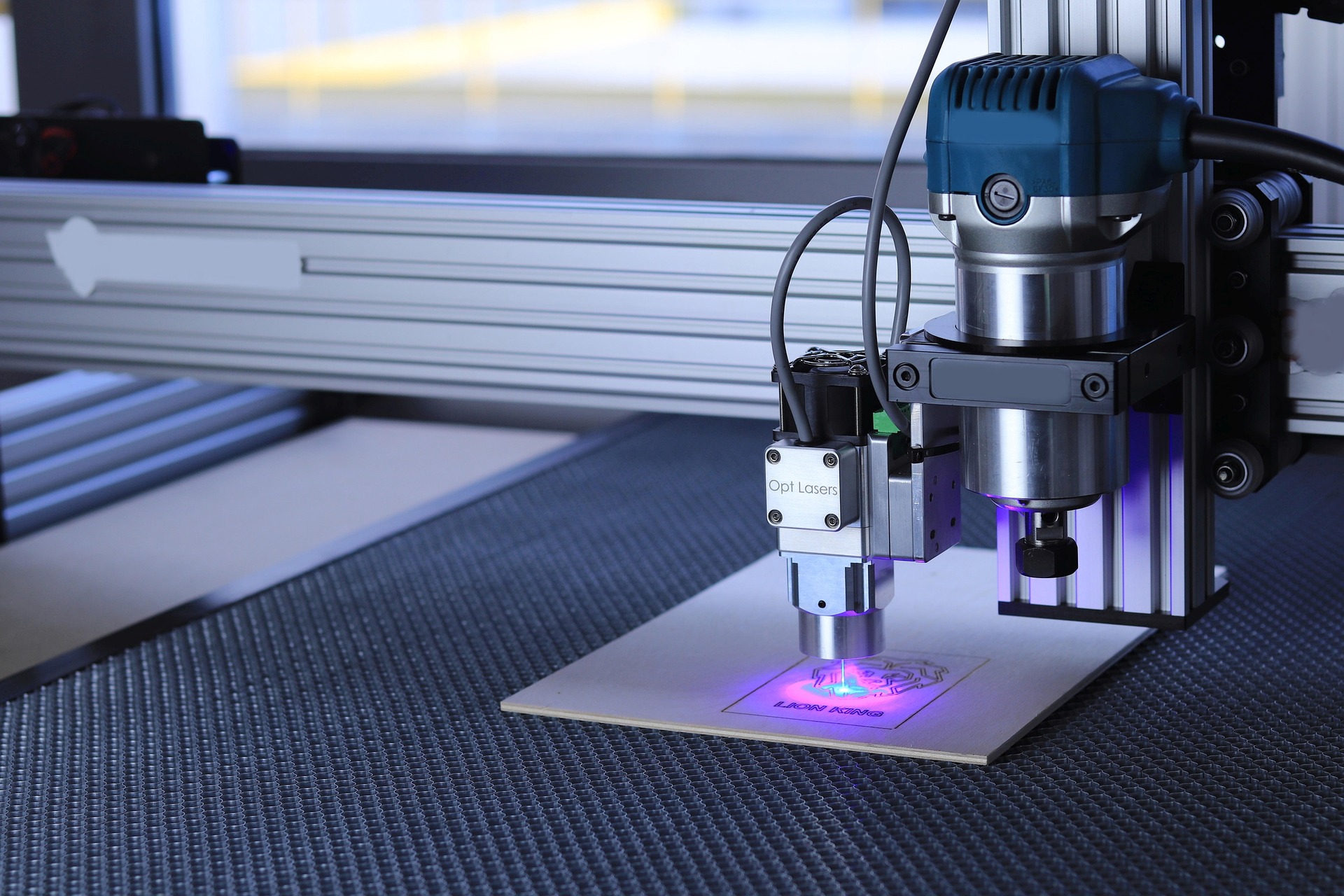Cutting
CO2 laser is one of the most commonly used types of lasers in industry, especially for material processing. It can cut and engrave a wide variety of materials. Here is a list of the most popular materials that can be cut or engraved with a CO2 laser:
Wood
1. MDF boards
2. Plywood
3. Solid wood
4. Leather (natural and synthetic)
Plastics
1. Acrylic (PMMA)
2. Polycarbonate (PC)
3. Polystyrene (PS)
4. PET
5. PVC (with caution due to harmful fumes)
6. ABS
7. Nylon
Fabrics and textiles
1. Cotton
2. Silk
3. Linen
4. Polyester
5. Wool
6. Leather
Paper and cardboard
1. Paper (regular, decorative, and craft paper)
2. Corrugated cardboard
3. Solid cardboard
4. Label paper
Rubber
1. Natural rubber
2. Synthetic rubber (e.g., neoprene, silicone)
Glass
1. Glass (engraving, limited cutting)
2. Acrylic glass
Stone
1. Marble (engraving)
2. Granite (engraving)
Metals
(with limitations)
1. Non-ferrous metals (e.g., brass, aluminum, copper) – engraving only, not cutting thick materials 2
. Coated metals (e.g., anodized aluminum)
Composites
1. Carbon composites 2
. Resin-based composites
Other materials
1. Plexiglass (PMMA)
2. Cork
3. Felt
4. Canvas
